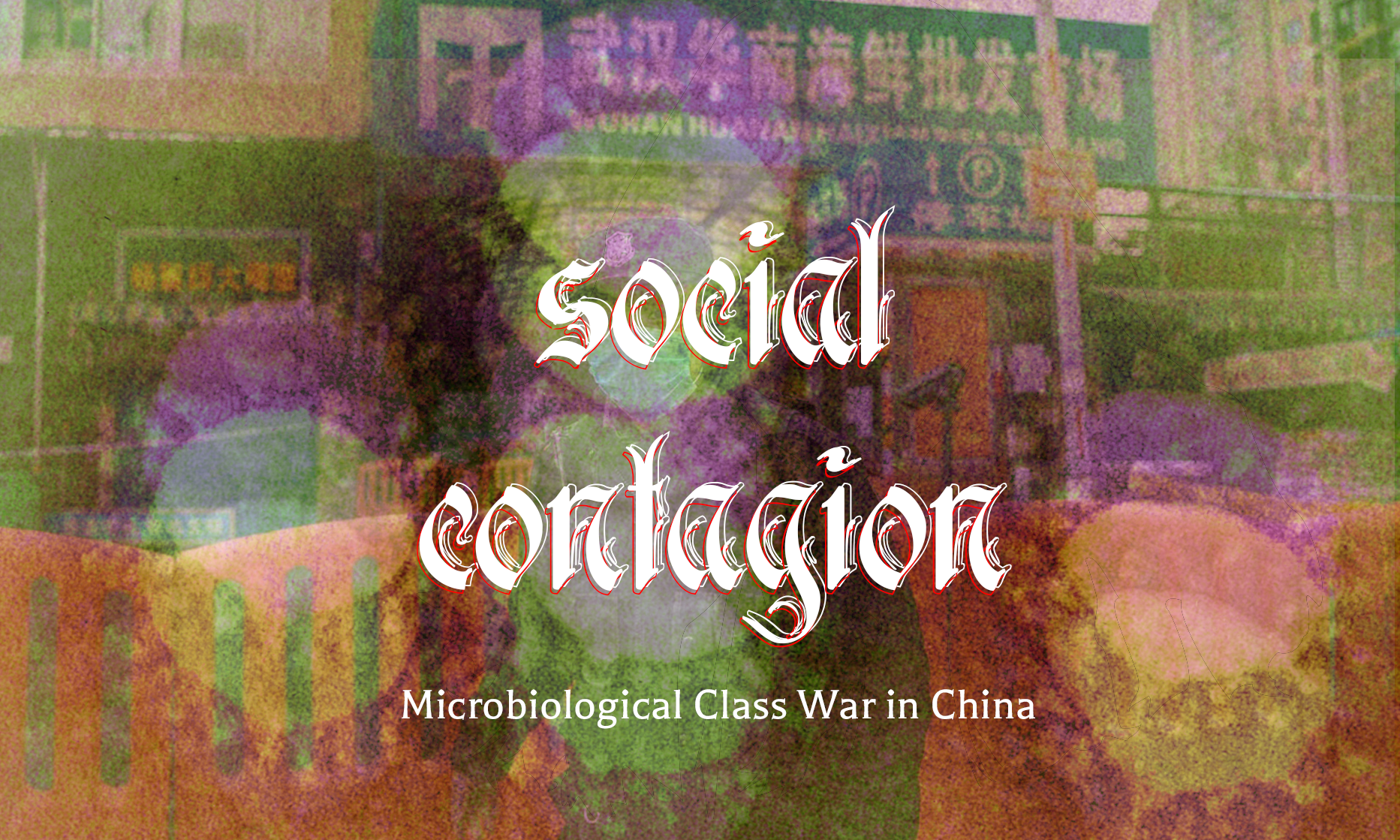 (Wildcat Germany)
(Wildcat Germany)
Uprising or Class Struggle?
The concept of class has become popular again. After the most recent global economic crisis, even bourgeois newspapers started posing the question: “Wasn’t Marx right after all?” For the last two years Thomas Piketty’s ‘Capital in the Twenty-First Century’ has been on the bestseller list – a book which describes in a detailed way how historically, the capitalist process of accumulation resulted in a concentration of wealth into the hands of a tiny minority of capital owners. In western democracies too, significant inequalities have led to an increase in fear of social uprisings. This spectre has haunted the world in recent years – from riots in Athens, London, Baltimore, to the revolts in North Africa, which at times got rid of whole state governments. As usual during these times of unrest, while one faction of the rulers call for repression and weapons, the other raises the ‘social question’, which is supposed to be solved by reforms or redistribution policies.
Global crisis has de-legitimated capitalism; the politics of the rulers and governments to make the workers and poor pay for the crisis has fuelled anger and desperation. Who would still dispute that we live in a ‘class society’? But what does that mean?
‘Classes’ in the more narrow sense of the word only emerge with capitalism – but the disappropriation from the means of production on which the property-less state of the proletarian is based, has not been a singular historical process. Disappropriation is a daily reoccurrence within the production process itself: workers produce, but the product of their labour does not belong to them. They only get what they need for the reproduction of their labour power, or that according to the living standard that they have claimed through struggle.
In principle, class societies don’t recognise any privileges by birthright, rather the ownership of money determines one’s position in society. In principle capitalism makes it possible to have a career that starts from being a dishwasher to becoming a stock market speculator (or at least a small entrepreneur, which is the hope of many migrants). At the same time, members of the petty bourgeoisie or artisans can descend into the ranks of the proletarians. Climbing up the social ladder is rarely the result of one’s own labour, rather of the ability to become a capitalist and to appropriate other people’s labour. (The mafia, as well, possesses this ability.)
In actual fact, a process of class polarisation takes place, which Marx and Engels had already grasped as an explosive force and precondition for revolution. “The proletarian movement is the self-conscious, independent movement of the immense majority, in the interests of the immense majority.”(Manifesto) Immanuel Wallerstein declared Marx’s thesis of class polarisation to be his most radical one, which – once related to the world system – has been proven to be true. Polarisation means, on one hand, proletarianisation, on the other hand bourgeoisification.
Capital is not simply wealth accumulated in the hands of a few. Capital is the precondition and result of the capitalist process of production, in which living labour creates value, which is appropriated by others. For capitalism is not typically the ‘exploitation’ of a single worker by an artisan master, but the exploitation of a big mass of workers in a factory. It is a mode of production based on the fact that millions of people work together although they don’t know each other. They produce value together, but together they can also refuse this work and question the social division of labour. As labour power, workers are part of capital; as the working class, they are capital’s biggest enemy within.
Generations of ‘scientific management’ researchers have tried to expropriate workers’ knowledge of how to produce in order to become independent from them. They have established parallel production units in order to be able to continue production in case workers go on strike. They have closed down and relocated factories in order to be able to increase exploitation of, and control over, new groups of workers. But they were not able to exorcise the spectre. During the strike-waves of 2010, for the first time it haunted all parts of the globe simultaneously. These struggles are currently in the process of changing this world. Even academia has become aware of it and after a long time has turned the working class into an object of their research again – as numerous publications, new magazines and web-pages demonstrate, through which left-wing social scientists try to create links between workers in different continents. In Germany for the last 25 years, workers were left alone with their struggles – here, as well, social movements and intellectuals have started referring to them again.
Read the rest of this entry »







